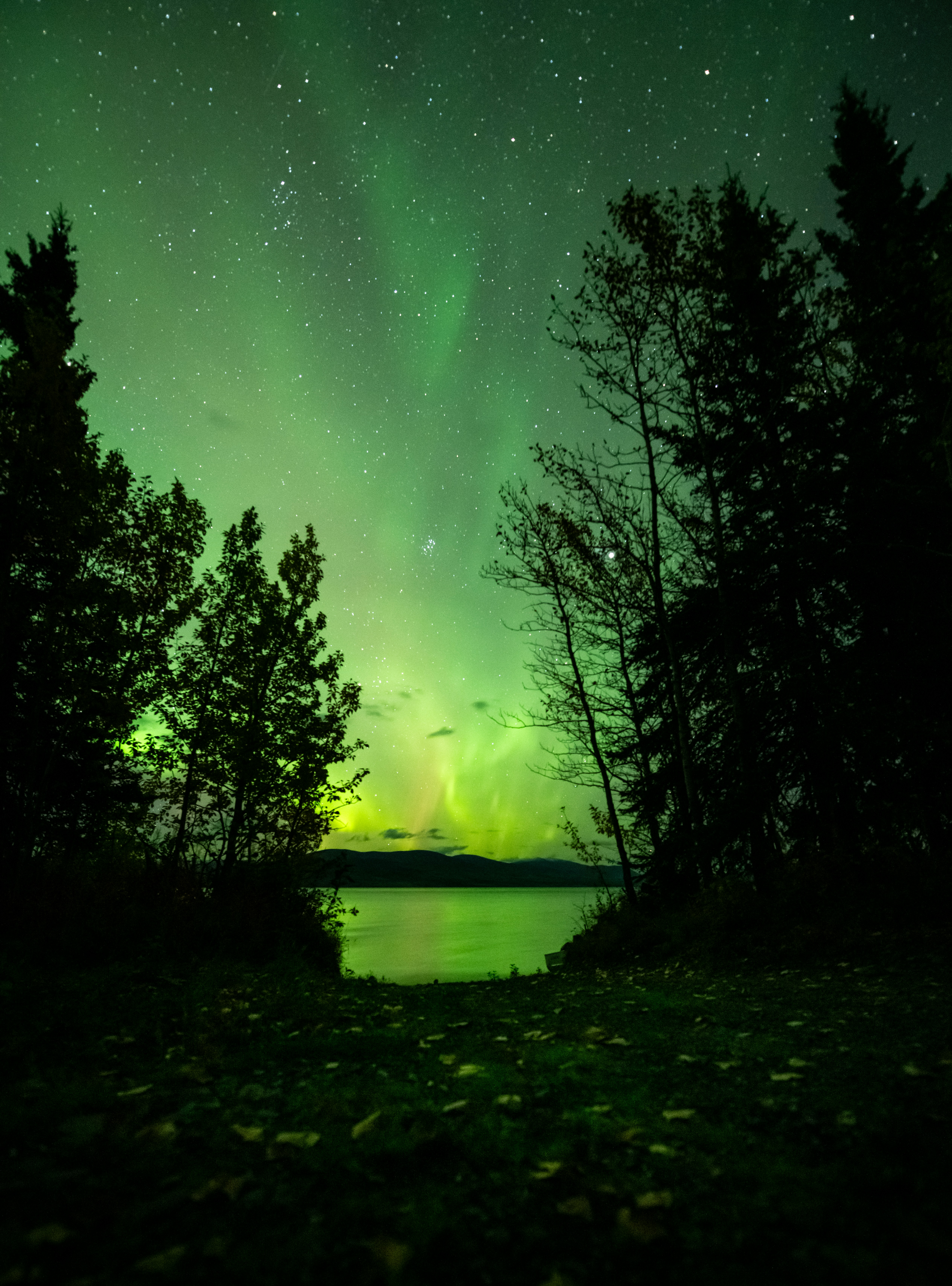This book considers the influence of the country lives of Virginia Woolf, Sylvia Townsend Warner and Rosamond Lehmann on their writing.
With much already written on the subject of these authors – perhaps especially Virginia Woolf – finding a new angle was always going to be a challenge. Baker’s premise is that Asheham (the house in which Virginia lived with her husband Leonard in Sussex (1912-1919) before moving to the more famous Monks House in Rodmell) was influential on Woolf’s writing in ways that have not been fully considered.

Asheham House, 1914
Baker tells us that Woolf was aware of her tendency to ‘mythologise rural England’. Yet in Sussex, in the years before World War I it would have been possible to cycle on traffic free lanes, past men in fields scything by hand, or watch the women coming out of their cottages in the evening to talk in the street. It would be hard not to mourn the peace and apparent simplicity. The Woolfs would own property in Sussex until Virginia’s death in 1941, but they never gave up a London residence.
For Sylvia Townsend Warner, a cottage in East Chaldon in Dorset that she named ‘Miss Green’ (after the previous resident) was to prove important in that there she would meet and live with the woman who would become the love of her life.
Meanwhile, in 1942 Rosamond Lehmann bought Diamond Cottage in a village on the Berkshire border, to escape a dismal, failed marriage and for a safe place to bring up her two children. It was here that each weekend she awaited the arrival of her lover, the unbelievably selfish poet Cecil Day-Lewis.
For Virginia, it was to Asheham that she went to recover from one of her breakdowns and during long solitary walks, kept notebooks and diaries of butterflies, flowers, mushrooms.
The three women knew each other ‘might loosely have been considered friends, but did not form a group or belong to a coterie. Throughout their lives, if only at a distance, they passed writing between them, one to the other, like a baton or a torch.
Rural Hours is beautifully written and must have entailed a huge amount of research. I read much of it during a four hour flight full of very noisy people and found Baker’s descriptions of the Sussex and Dorset countryside in the early ’20s and ’30s very soothing and elegiac – ways of life long vanished, even then under threat from two wars.
When Sylvia Townsend Warner first visits Essex in July 1922, she takes a train from Fenchurch Street to Shoeburyness, then a bus to Great Wakering before continuing on foot.
“Before her the marsh glowed with luminous earthy colours …A sail glided past; time stilled.”
Britain between the wars; time stilled, a moment of silence pulled over the land like a veil, between the cessation of one horrendous set of hostilities and, in so few years, the start of another.
It is not a great stretch to say as Baker does that Virginia used this period at Asheham to recover from her breakdown and to begin writing again – but it is a far greater stretch to suggest that these years influenced the style and subject matter of the books she would later write and for which she would become famous. The fact is that none of the books were set in this location, and to allocate the beginnings of Woolf’s stream of consciousness style of writing to solitary rambles over the Sussex Downs is, as Rachel Cooke, Guardian Reviewer says,’effortful’.
“… the fact is that Mrs Dalloway (a novel set in London) and To the Lighthouse will be written elsewhere, and it’s rather effortful to connect the diary’s reckoning of foraged mushrooms and gathered blackberries with either of them. The novels for which Lehmann is best known were already written by the time she set up shop in Diamond Cottage; the book she published while living there, The Ballad and the Source, was her greatest failure. As for Warner, she arrived in Dorset with her witch, Lolly Willowes, already a hit; she wouldn’t have another such triumph until The Corner That Held Them (1948), which even Baker admits is really a war novel.
It is also true to say that the Woolf’s ran the Hogarth Press first from Richmond and later from Mecklenburgh Square, so none of the work of the press which included first editions of T. S. Eliot and Hope Mirrlees can be allotted to rural hours.
It is not that the country episodes of Woolf, Townsend Warner and Lehmann are not relevant to the lives of the three writers – everything has a degree of influence on our lives and work – but that they are relevant in ways that do not bear directly on the production of their finest work.
I must agree with the Guardian reviewer. I’m not sure ultimately Rural Hours achieves what it sets out to do. But I really didn’t care very much because I still enjoyed reading it. This is a lovely book, a comforting read, three courageous women writing through all the stuff that life threw at them.
If you are not too worried about whether or not Harriet Baker has proven her point regarding rural influences, I recommend this book for it’s many insights into the lives and mindsets of three of the twentieth century’s most intrepid and influential authors as well as it’s evocation of a vanished arcady.
***
In my last post I mentioned that I planned to read two more of Mary Lawson’s books. The Other Side of the Bridge and Road Ends which I have done in the past week. I have also polished off William Trevor’s The Silence in the Garden. More on these in my next post.




Comments